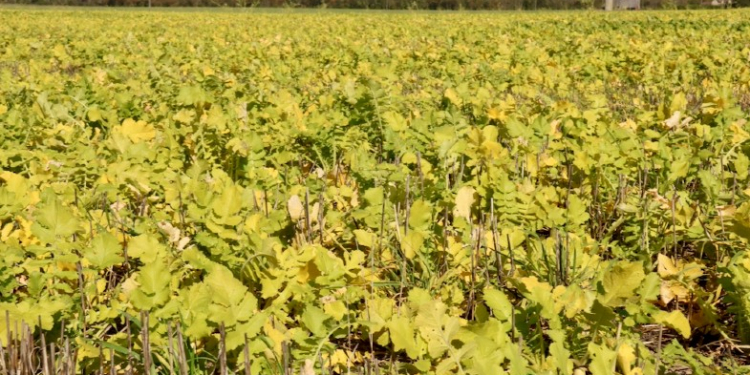Cover crops are not free, but they don’t have to be a cost. In fact, they can save farmers money. Researchers and farmers talked about the benefits during a recent session hosted by the Ontario Soil and Crop Improvement Association in Canada, as Matt McIntosh reports for Farmtario.
While there is always variability, weed suppression and population reduction are the chief – though not necessarily only – ways cover crops can better a farm’s bottom line. Cover cropping could be justified as another tool to help keep down weed populations as farmers struggle with more herbicide-resistant weeds.
More weeds equal more weed seeds if left uncontrolled. Over time, the weed seed bank within a given area can be substantial, requiring more time, resources and cash to address the problem. Herbicide-tolerant weeds can increase the price tag of effective control.
Cover crops don’t have to be expensive or complex to have noticeable impacts. Cowbrough’s work shows oats, a comparatively cheap and available cover crop option, broadcast with potash at 50 pounds per acre, add an extra $16 per acre to production costs. Weed populations were much lower.
Mike Cowbrough, weed management specialist with the Ontario Ministry of Agriculture, Food and Rural Affairs, says cereal rye is another cheap “gateway” cover crop option that can drastically reduce weed populations, including those of common and problematic pigweed species, lamb’s quarters and others.
“Smaller plants are much easier to kill with your herbicide program,” says Cowbrough.








